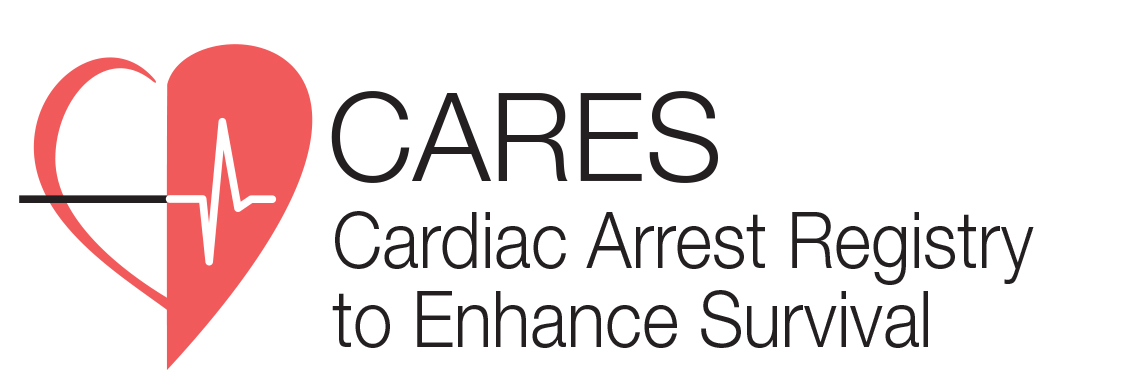Examples of CARES State Funding Mechanisms
Grants
- A Northeastern state received funding from a rural health grant to pay for the subscription fee and salary for a part time coordinator.
- Several other states are using local grants to fund both the subscription fee and salary for the coordinator.
State EMS Office
- Several states have both the subscription fee and the salary for a coordinator paid through their State EMS Office.
Hospital Association
- A Southeastern state is funding both the subscription fee and the salary for a part-time coordinator though their state hospital association.
Non-profit Foundation & State EMS Office
- A Western state used a hybrid-funding model to kick-start CARES participation for the first two years. A non-profit foundation funded the salary for the state coordinator while the State EMS Office paid the annual subscription fee. After the initial two years, all costs are split amongst the regional EMS authorities.
Academic Medical Center & State EMS Office
- A Midwestern state is paying the coordinator through funds from multiple academic medical centers and the subscription fee is paid by the State EMS Board. After the first few years, the costs may be split amongst the participating EMS agencies.
Academic Medical Centers & Grants
- A Northern state has three academic centers funding the salary for the state coordinator while grant funds pay for the subscription fee.
State Legislature & Non-profit Foundation
- A Southeastern state "houses" CARES participation through a non-profit group of doctors, nurses, EMS professionals, and hospital administrators from within the state. The funding is provided by the state legislature that is lobbied for each year during the legislative session.
CARES Notes
- Although many states are using grant funds to support participation now, over time those states may transition to a regional model where the EMS regions help support participation.


